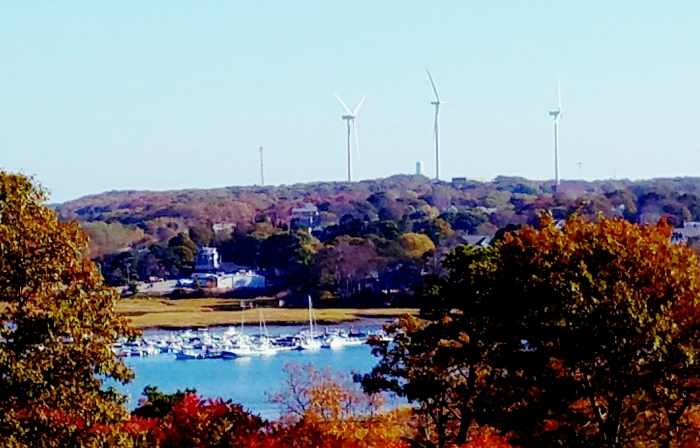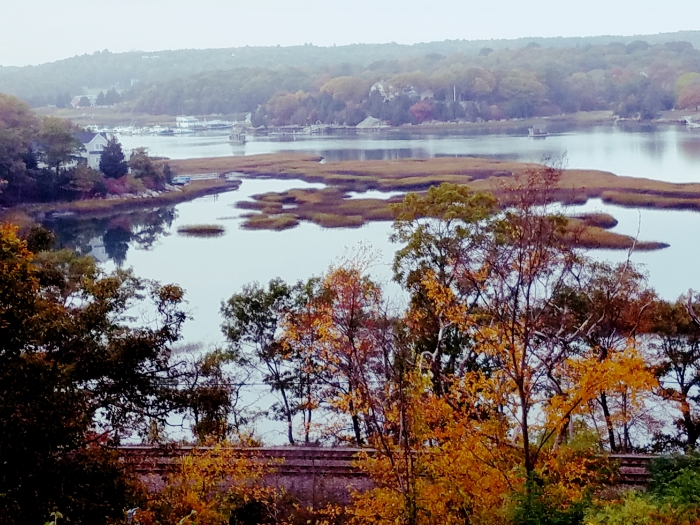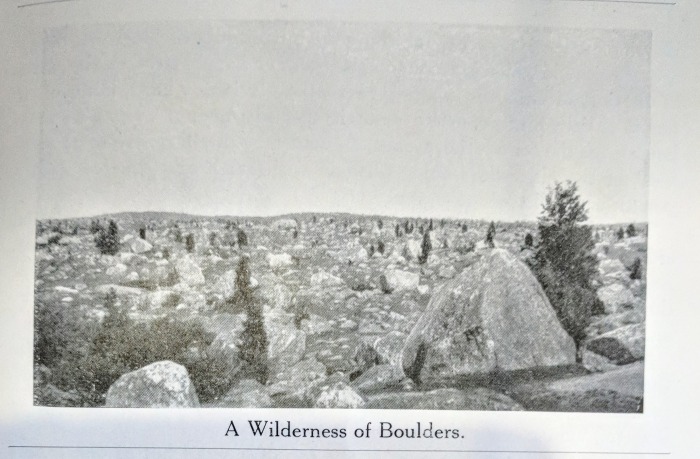Day: October 28, 2017
COMING IN FOR THE KILL – SEA HAWK FISHING
DEPARTING STORM OVER BRACE COVE
Parker River Wildlife Refuge
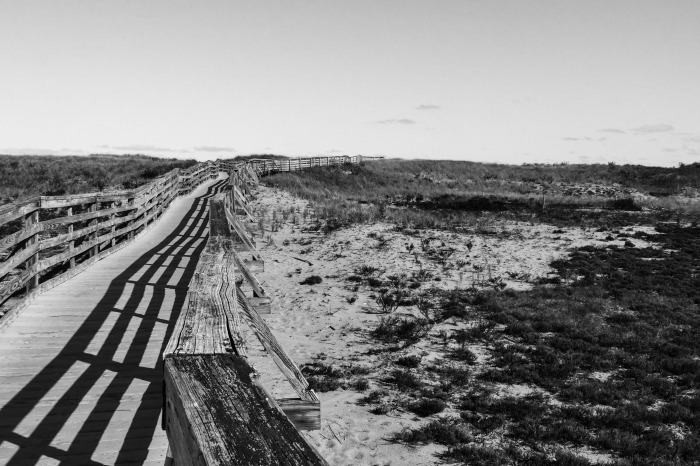
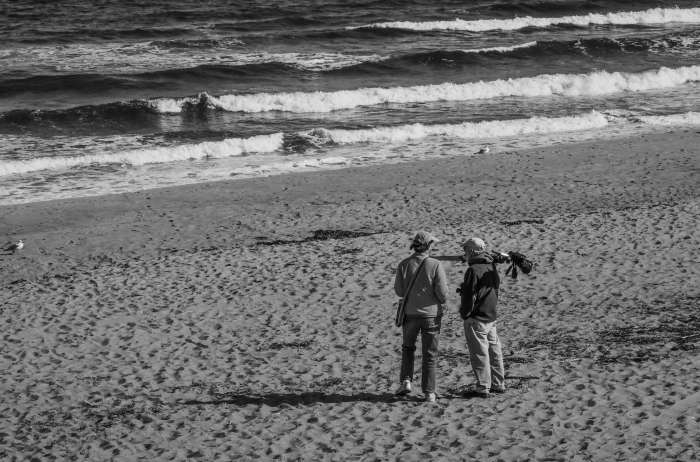



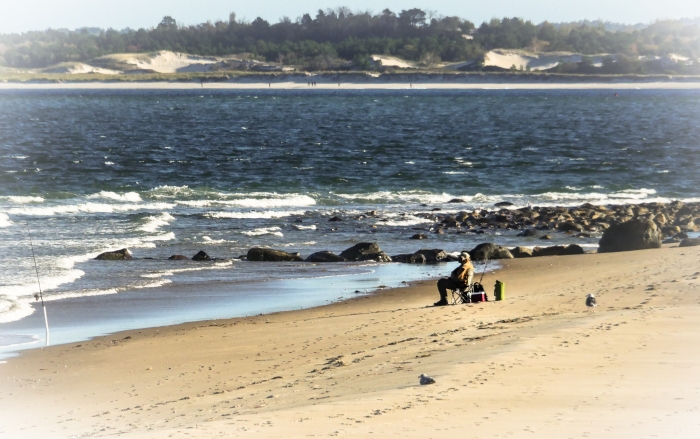
Interesting wave formation
Almost looks like stain glass.

Multi-Vendor Holiday at the Magnolia Library Fundraiser
 Another great event will be held at the Magnolia Library, 1 Lexington Avenue, Gloucester, MA.
Another great event will be held at the Magnolia Library, 1 Lexington Avenue, Gloucester, MA.
Hope to see you all there.
Fall from the Heights!
Lobster Pool Locals Appreciation Special Sunday After 3PM
Gloucester Smiles-788
visitors to Gloucester-29
Blooming sunrise
The best part of the fall is the late sunrises…even the laziest of us can catch one…at least for the next week or so before the time changes! This morning’s sunrise on Good Harbor I ran across these roses someone left behind. 

Fun times ahead

Sidewalk Buttlers coming to Magnolia
I want to thank Gloucester’s Clean City Commission. Received a email from Ainsley yesterday and let me know that Magnolia will be getting two Buttlers. Will be meeting the DPW on Wednesday for installation and instructions on how I will be emptying this buttlers.
Dave Moore, FOB from South Korea sent me some information on cigarette butts.
Thank you Dave for sending me this information.
Cigarette Butler cleans up JBLM Cigarette Butler cleans up JBLM
By Sgt. Daniel Schroeder August 12, 2014
1 / 2SHOW CAPTION +
2 / 2SHOW CAPTION +
An estimated 195 million pounds of cigarette butts are improperly discarded in the United States annually, which is equal to the weight of about 33,000 High Mobility Multipurpose Wheeled Vehicles.
In an ongoing effort to eliminate left over tobacco products, a non-profit organization developed a program to recycle the waste.
“It is TerraCycle’s goal to eliminate the idea of waste,” said Emma Swanson, a TerraCycle public relations associate. “Cigarette filters (and other related tobacco waste) are the number one item recovered during the annual Ocean Conservancy’s International Coastal Cleanup Day, with more than 52 million cigarette filters collected from beaches in the past 25 years.”
TerraCycle is an international upcycling and recycling company that collects difficult-to-recycle packaging and products and repurposes the material into affordable, innovative products. The company works with more than 100 major brands in the U.S. and 22 countries worldwide to collect used materials otherwise destined for landfills.
In 2012, TerraCycle created the Cigarette Waste Brigade to encourage people who smoke to recycle their tobacco waste instead of discarding it through trash or litter. Since the launch of the Brigade, cigarette recycle canisters can be found at more than 5,100 locations in the U.S.
At Joint Base Lewis-McChord, Wash., the Headquarters and Headquarters Battalion, I Corps is among the first Army units to utilize this conservation method. “Most of the trash collected during police calls are cigarette butts,” said Master Sgt. Michael Lindsay, senior operations noncommissioned officer, HHB.
Lindsay was referred to the program by Shelia Martin, Recycling Outreach Coordinator with the JBLM Public Works Environmental Division. “I asked him if he would be willing to follow the parameters of the program and he agreed,” Martin said. “There are so many different items that can be recycled and not recycled based of the market and industry and we are always trying to reduce our refuse bill and increase our diversion numbers.”
As of Aug. 4, Soldiers can now utilize any of the six medium sized gray plastic canisters and large green receptacles located in the Battalion area.
The plastics recovered from the filters are melted down into pellets for use in industrial products, such as shipping pallets. Prior to the filters being melted, the cigarette waste must be collected and shipped to TerraCycle. The company provides each organization or representative with free, pre-paid shipping labels for the waste to be sent to their warehouses.
Littered cigarette filters, with the assistance of human and natural forces, rarely stay in the place they first touched the ground.
“Contrary to popular belief, cigarette butts are not biodegradable and do not break down quickly,” said Swanson. “A study from San Diego State University states one cigarette butt can contaminate one liter of water and create threats to important parts of aquatic food chain. They’re made from cellulose acetate which never loses its toxicity and can poison essential links in the aquatic echelon.”
The environmental hazard of cigarette filters was another contributing factor for HHB to sign up for the Cigarette Waste Brigade.
“The filters not only affect the aquatic system, small animals and birds may mistake them for food and potentially choke on them or get sick,” Lindsay said. “Recycling cigarette waste not only keeps the environment and wildlife safer, but also reduces the amount of trash in the dump.”
Lindsay estimated the Soldiers in HHB who will be using the program will help keep roughly 15 to 20 pounds of waste from being deposited into the dump each month.
For each pound we recycle of cigarette waste, the unit receives a credit from TerraCycle to donate to any school or charity, said Lindsay. TerraCycle also donates money to the Keep America Beautiful program. From the start of the program through the end of June 2014, TerraCycle has donated more than $15,000 said Swanson.
Keep America Beautiful is the nation’s leading nonprofit organization that brings people together to build and sustain vibrant communities. They work with governors, mayors and other local government and community leaders including state recycling organizations to help create communities that are socially connected, environmentally healthy and economically sound.
“The Cigarette Waste Brigade is one of our most successful programs,” she added. “Our Brigade members have collected more than 14 million units of cigarette waste and the number of people collecting has steadily increased since the program’s inception.”
Martin said if the program achieves the desired effect, it may be implemented into JBLM’s waste management program.
“TerraCycle is excited that Joint Base Lewis-McChord is now a collector for the Cigarette Waste Brigade,” said Swanson. “The Brigade is now open in Canada, Europe and Japan and is also in the process of signing up stadiums, cities and more military bases.”
Before Dogtown was Dogtown: Archaeological Survey project to be presented at City Hall. Maybe hello blueberries bye bye Lyme Disease



Sharing press release from Mary Ellen Lepionka and Bill Remsen followed by a selection of visual arts, maps, and writing spotlighting Dogtown (1633-1961) by Catherine Ryan.
Nov 29th, 7PM, Public Meeting
Come to a special public presentation November 29th in Kyrouz Auditorium in Gloucester City Hall, 9 Dale Avenue, at 7pm.
Week of Nov 13
“During the week of November 13 a team of archaeologists from the Public Archaeology Laboratory (PAL) in Providence will be conducting fieldwork in Dogtown. They will begin mapping and describing an area to be nominated to the National Register of Historic Places, a National Park Service program to honor historically significant buildings and landscapes.
What do you think?
“Presenters at City Hall on Nov 29th will include Betsy Friedberg from the Massachusetts Historical Commission, who will explain how the National Register program works and what it does and does not do, and Kristen Heitert from the PAL, who will present an initial plan for defining the boundaries of Dogtown as a National Register District. People attending the meeting will be asked to respond to that plan and to express their views about what makes Dogtown special. What should be the boundaries of the proposed National Register District, and what cultural features should be included in it? What would be the benefits of National Register status, and are there any drawbacks?
Who all is involved?
“The Dogtown archaeological survey is funded through a matching grant from the Massachusetts Historical Commission and the Dusky Foundation and is financed by the City of Gloucester. The Gloucester Historical Commission applied for the grant and is coordinating the project in collaboration with the Rockport Historical Commission. The PAL team will also have the assistance of members of the Dogtown Advisory Committee, the Rockport Rights of Way Committee, the Cape Ann Trail Stewards, and the Friends of Dogtown.”
– Dogtown is eligible for the National Register. Will Gloucester earn another major district designation? Above excerpts from the press release for the Nov 29th event shared by Bill Remsen, local project coordinator, and Mary Ellen Lepionka, co-chair Gloucester Historical Commission, and some Dogtown maps and memorabilia 1633-1961
Dogtown Maps and memorabilia 1633-1961 selected by Catherine Ryan
Prior 2017 Dogtown public forums, lectures and meetings mentioned consideration of controlled burns to clear brush and return some land to a former moors state, with various potential benefits.
- “Nature takes a lot of courses.” Chris Leahy said. He focused on Dogtown, “a very special place”, and possible merits of land stewardship geared at fostering greater biodiversity. Perhaps some of the core acres could be coaxed to grasslands as when parts of Gloucester were described as moors? Characteristic wildlife, butterflies, and birds no longer present may swing back.” March 4 2017 Dogtown Forum at Cape Ann Museum in collaboration with Essex County Greenbelt, Mass Audubon, and Friends of Dogtown group
- February 23, 2017 Chris Leahy also gave a talk at Sawyer Free Library Dogtown- the Biography of a Landscape:750 Million Years Ago to the Present
A photographic history through slides presented by the Gloucester Lyceum and the Friends of the Library - March 6, 2017: NPR report “Forbidding Forecast for Lyme Disease in the Northeast” excerpt and article https://www.npr.org/player/embed/518219485/518743106
- “Today the Hudson River Valley in upstate New York is gorgeous. The hills are covered with oak forests, and the valleys are patchworks of hayfields and farms. But Ostfeld says the area didn’t always look like this. When the Europeans came here hundreds of years ago, they clear-cut nearly all of the forests to plant crops and raise livestock. “They also cut down trees for commercial use,” Ostfeld says, “to make masts for ships, and for firewood.” Since then a lot of the forest has come back — but it’s not the same forest as before, he says. Today it’s all broken up into little pieces, with roads, farms and housing developments. For mice, this has been great news. “They tend to thrive in these degraded, fragmented landscapes,” Ostfeld says, because their predators need big forests to survive. Without as many foxes, hawks and owls to eat them, mice crank out babies. And we end up with forests packed with mice — mice that are chronically infected with Lyme and covered with ticks.”
Selection of maps
from books, and memorabilia I’ve pulled on Dogtown (1634-1961):
1961
From Gloucester 1961 Cape Ann Festival of the Arts booklet

1954
From Gloucester 1954 Festival of the Arts booklet, prepared for the second of the Russel Crouse Prize Play, the Witch of Dogtown, by S. Foster Damon. “Each year it is hoped new plays dealing with the Gloucester or Cape Ann theme will be produced.”


1923 Christian Science Monitor art review for Gloucester Society of Artists
“Dogtown Common, the now deserted hill home of the first settlers who 300 years ago braved the dangers of a hostile and Indian Annisquam, offers both romance and reality. It has remained for Louise Upton Brumback to interpret its clear contrasts, its far spaces, blue skies, white clouds and stiff green pointed cedars. Although the draftsmanship is crude in the extreme, the effect is rare and genuine. The old resident who passes through the gallery will shake his head dubiously at the false color creations of harbor and rock, but accepts this striking and bold visualization of Dogtown Common as the true spirit of Cape Ann…”

1921 Percy MacKaye Dogtown poem, 110+ pp
Inland among the lonely cedar dells
Of Old Cape Ann, near Gloucester by the Sea,
Still live the Dead–in homes that used to be.
All day in dreamy spells
They tattle low with sounds of tinkling cattle
bells
Or spirit tappings of some hollow tree
And there, all night–out of the
dark–
They bark–and bark…
“Note: From a little volume, by Charles E. Mann, entitled “In the Heart of Cape Ann” Gloucester, Mass., The Proctor Bros. Co), the curious reader may learn more strange, half forgotten facts concerning the old Puritan life of that region. Among its singular New England characters, certain authentic and legendary figures have entered the theme of this poem.
P.M-K. Miami University, Oxford, Ohio. March, 1921
Percy MacKaye (1875–1956) was an American dramatist and poet.
Harvard MacKaye papers: “History note: Percy Wallace MacKaye, author and dramatist, graduated from Harvard in 1897, wrote poetic dramas, operatic libretti, modern masques and spectacles, and was active in promoting community theatre. The collection includes his papers and those of his wife, Marion Homer Morse MacKaye, as well as material relating to the career of his father Steele MacKaye (1842-1894), an American theatrical designer, actor, dramatist, and inventor. The bulk of the collection consists of material pertaining to community drama; correspondence with literary and theatrical figures including Edgar Lee Masters, Edwin Arlington Robinson, George Pierce Baker, Theodore Dreiser, Amy Lowell, Upton Sinclair, Edward Gordon Craig, Louis Untermeyer and Thornton Wilder.”
Dartmouth: The MacKaye Family Papers “contain materials documenting the life and career of four generations of the family. They include a large amount of personal and professional correspondence as well as original manuscripts and typescripts of plays, prose, masques, pageants, poetry, essays and articles. Of note are manuscript materials for Benton MacKaye’s works on geotechnics entitled “Geotechnics of North America,” and “From Geography to Geotechnics,” as well as Percy MacKaye’s biography and works on his father Steele MacKaye and the MacKaye family, entitled respectively, “Epoch,” and “Annals of an Era.”
(Gloucester, Dogtown Common, is not on the MacKaye Wikipedia page)
1921 Frank L Cox The Gloucester Book
Business owner, photographer, author Frank L Cox devoted 7 pages and 4 photographs to illustrate the Dogtown and Its Story chapter


“Just to the left of the road at the top of Gee Avenue is one of the most celebrated ceallar in Dogtown. It is that of John Morgan Stanwood, who was mistakenly made famous by a poem by Hiram Rich, published in the Atlantic…”

1918 Eben Comins painting


1912 government rifle range Dogtown

1904 (1742)


1877 Higginson
“Three miles inland, as I remember, we found the hearthstones of a vanished settlement; then we passed a swamp with cardinal flowers; then a cathedral of noble pines, topped with crow’s-nests. If we had not gone astray by this time, we presently emerged on Dogtown Common, an elevated table-land, over spread with great boulders as with houses, and encircled with a girdle of green woods and an outer girdle of blue sea. I know of nothing more wild than that gray waste of boulders..”
Dogtown, Cape Ann, described in Footpaths chapter Oldport Days
1855 Thoreau / 1634 William Wood
on clearing land…
In 1855, Henry David Thoreau wrote in his journal: “I am [reading] William Wood’s “New England’s Prospect”… William Wood New Englands Prospect was originally published in 1634 in London. Here is a Wood excerpt concerning burning brush to clear land, a historical antecedent (and apt surname) to keep in mind when considering stewardship 2017 and beyond.
…The next commodity the land affords is good store of woods, and that not only such as may be needful for fuel but likewise for the building of ships and houses and mills and all manner of water-work about which wood is needful. The timber of the country grows straight and tall, some trees being twenty, some thirty foot high, before they spread forth their branches; generally the trees be not very thick, though there may be many that will serve for mill posts, some being three foot and a half over. And whereas it is generally conceived that the woods grow so thick that there is no more clear ground than is hewed out by labor of man, it is nothing so, in many places diverse acres being clear so that one may ride a hunting in most places of the land if he will venture himself for being lost. There is no underwood saving in swamps and low grounds that are wet, in which the English get Osiers and Hasles and such small wood as is for their use. Of these swamps, some be ten, some twenty, some thirty miles long, being preserved by the wetness of the soil wherein they grow; for it being the custom of the Indians to burn the wood in November when the grass is withered and leaves dried, it consumes all the underwood and rubbish which otherwise would overgrow the country, making it unpassable, and spoil their much affected hunting; so that by this means in those places where the Indians inhabit there is scarce a bush or bramble or any cumbersome underwood to be seen in the more champion ground. Small wood, growing in these places where the fire could not come, is preserved. In some places, where the Indians died of the plague some fourteen years ago, is much underwood, as in the midway betwixt Wessaguscus and Plimouth, because it hath not been burned. Certain rivers stopping the fire from coming to clear that place of the country hath made it unuseful and troublesome to travel thorow, in so much that it is called ragged plaine, because it teares and rents the cloathes of them that pass. Now because it may be necessary for mechanical Artificers to know what timber and wood of use is in the Country, I will recite the most useful as followeth*…” *see photos for Wood’s trees list
Thoreau was thinking along these lines, finding god in berries.
“From William Wood’s New England’s Prospect, printed about 1633, it would appear that strawberries were much more abundant and large here before they were impoverished or cornered up by cultivation. “Some,” as he says, “being two inches about, one may gather half a bushel in a forenoon.” They are the first blush of a country, its morning red, a sort of ambrosial food which grows only on Olympian soil.” -Thoreau’s Wild Fruit
“If you look closely you will find blueberry and huckleberry bushes under your feet, though they may be feeble and barren, throughout all our woods, the most persevering Native Americans, ready to shoot up into place and power at the next election among the plants, ready to reclothe the hills when man has laid them bare and feed all kinds of pensioners.”
photos: William Wood’s New Englands Prospect scanned from book in the University of CA collection. “Wonasquam” on map at Cape Ann




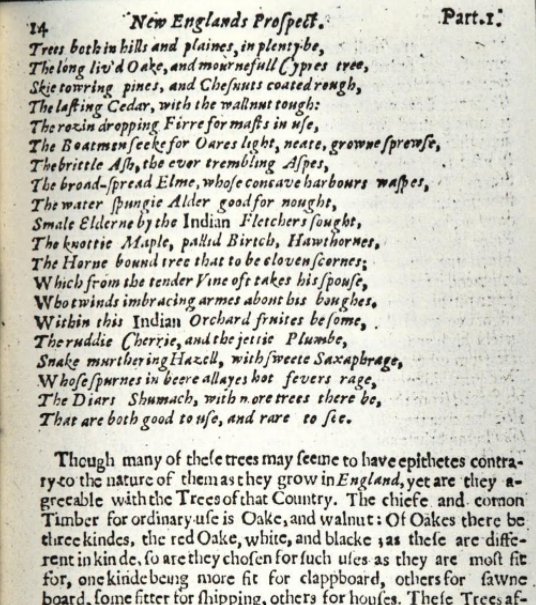
Thomas Morton 1637
“Of their Custom in burning the Country, and the reason thereof”
The Salvages are accustomed to set fire of the Country in all places where they come, and to burne it twice a year: at the Spring, and the fall of the leaf. The reason that moves them to do so, is because it would other wise be so overgrown with underweeds that it would be all a coppice wood, and the people would not be able in any wise to pass through the Country out of a beaten path…
And this custom of firing the Country is the meanes to make it passable; and by that meanes the trees growe here and there as in our parks: and makes the Country very beautiful and commodious.”
Cape Ann Museum book shop display October 2017

Glosta @ Play on a Gorgeous Day
Students helping neighbors: Scenes from O’Maley day of Service
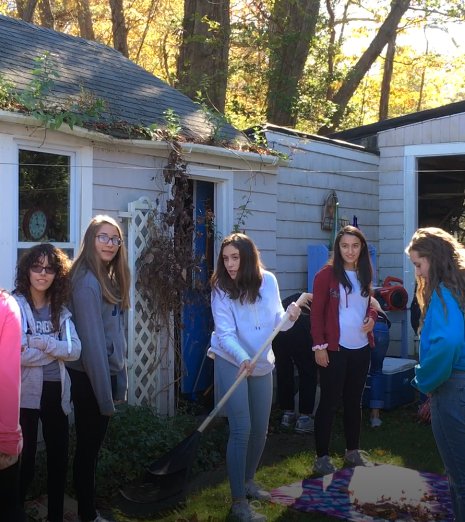
Pauline Bresnahan shares a West Gloucester story:
“Today a Gloucester yellow school bus parked in front of my neighbor’s. Josephine Lally is a retired O’Maley school teacher who lives in West Gloucester. I watched as students with many rakes and tarps got off the bus and went to her back yard. I was told by their 8th. Grade teacher Cheryl Olson that this is a Day of Service for O’Maley school and they chose to stop by to help my neighbor who has had a tough year.”
Thanks, Pauline!













